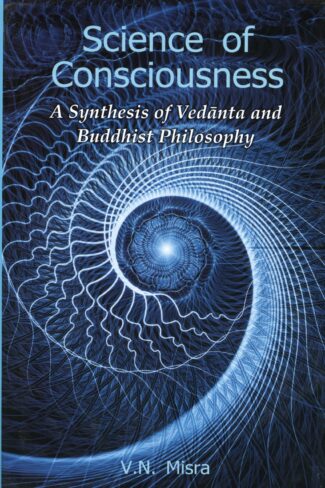

Science of Conscious...
Science of Consciousness
A Synthesis of Vedanta and Buddhist Philosophy by: V.N. MisraThe book concentrates on consciousness because of two reasons: (i) in consciousness, both being and becoming are involved and (ii) pure consciousness happens to be the essence of human nature. It further discusses concepts like One and Many, Time and Space of Buddhist philosophy and Vedānta have scientific support.
Original price was: ₹1,200.00.₹1,080.00Current price is: ₹1,080.00.
ISBN: 9788124612040
Year Of Publication: 2023
Edition: 2nd
Pages : xx, 327
Bibliographic Details : Bibliography, Indices
Language : English
Binding : Hardcover
Publisher: D.K. Printworld Pvt. Ltd.
Foreword By : Moti Lal Pandit
Size: 23
Weight: 610
The synthesis between Vedanta and Buddhist philosophy has been attempted in this study on the ground that the former is the philosophy of “being”, whereas the latter happens to be the philosophy of becoming. The being and becoming, both are important for proper understanding of the Absolute Reality and its manifestation. In synthesizing, it has concentrated on consciousness because of two reasons: (i) in consciousness, both being and becoming are involved and (ii) pure consciousness happens to be the essence of human nature.
In Buddhist philosophy the concepts like citta-nirvana, bhavanga-citta and alaya-vijnana having a bearing on pure consciousness, which happens to be the Upanisadic atman and the Vedantic Brahman. Since these concepts represent the essence of human beings, the similarities among the Upanisads, Vedanta and Buddhism have been established. However, the differences between Vedanta and Buddhist philosophy (Yogacara Vijnanavada) on several issues like momentariness, changing reality will continue because these are merely modes of manifestations or appearances.
It has also been shown that the concepts like One and Many, Time and Space of Buddhist philosophy and Vedanta have scientific support. Time and Space have no independent existence in Buddhist philosophy and Vedānta. In fact, both being the manifestations of consciousness, become the objects of consciousness. It means that Buddhist philosophy and Vedanta have treated Time and Space in relative framework. So is the case with science.
Foreword
Preface to the Second Edition
Preface to the First Edition
Introduction
Atman in Upaniṣads
Atman as Cit
Nairatmyavada (Selflessness) of Buddhist Philosophy
Citta Dhamma
Defining Consciousness in Buddhist Philosophy
Buddha’s Enlightenment and Nirvana
Buddha’s Enlightenment
Nirvana in Subjective Perspective
Nirvana as Meeting Point of Upanisads: Vedanta and Buddhist Philosophy
Consciousness as Transmigration and Buddhist Soul
Transmigration of Consciousness
Buddhist Soul
Scientific Views and Indian Philosophy
David Bohm’s Views on Matter and Consciousness
Awareness and Attention
Wave Equation
Higgs Boson: So-called God Particle
1. Consciousness and Matter: An Interaction
Introduction
An Overview of Life Phenomenon
Philosophy of Descartes: Matter and Consciousness
Dualistic Philosophy of Samkhya–Yoga: Purusa (Consciousness) and Prakrti (Matter)
Prakrti
Purusa
One and Many of Consciousness
Interaction between Prakrti (Matter)
and Purusa (Consciousness)
Perception
Vrtti Theory
Overall Assessment
2. Scientific Views and Indian Philosophy: Matter and Consciousness
Introduction
An Overview
Energy as Basis of Universe
Complementarity in Duality of Matter
David Bohm’s Views on Matter and Consciousness
Matter: Wholeness and Implicate Order
What Is Order
Quantum Field Theory and Implicate Order
Implicate Order and Generative Order
Consciousness and Implicate Order
Consciousness and Matter
Interconnection between Consciousness and Matter
Synthesis between Quantum Physics and Indian Spirituality
Annamaya Kosa (Matter and Life)
Pranamaya Kosa (Vital Sheath)
Manomaya Kosa (Mind Sheath)
Vijnanamaya Kosa (Intellect Sheath)
Anandamaya Kosa (Bliss Sheath)
Karmasaya
3. Cid-atman in Advaita Vedanta
Introduction
Unity of Cit-atman (Pure Consciousness)
Nature of Reality
Existence and Consciousness
Criticism
Reconciliation
Mind and Consciousness
Consciousness and Manifestation
Consciousness as Foundation
Criticism of Pure Consciousness as a Fictitious Entity
Consciousness as Witness
Consciousness as Uniqueness
Consciousness: Transcendenting Time and Space
Atman as Sat
Atman as Cit
Atman as Bliss (Ananda)
The Non-Dual Nature of the Atman: Proof of Atman
Individual Self (Jīvatman)
Vivarana School of Vedanta
Bhamati School of Vedanta
Relation between the Absolute and the Individual Self
Metaphysics of Ignorance
Adhyasa and Avidya
Ignorance in Buddhist philosophy and Vedanta
Ignorance in Vedānta
Maya
4. Advaita Vedanta: Three States of Consciousness
An Overview
Metaphysics of Sleep Consciousness
Ramanuja’s Criticism of Pure Consciousness
Dream Consciousness
Waking Consciousness
External Perception
Mental Mode
Cognitive Process
Perceptual Illusion
Choiceless Awareness
Consciousness, Thought and Time
5. Citta-Caitasika, Bhavaṅga-Citta and Non-dual Consciousness of Buddhist Philosophy
Introduction
Citta
Caitasika
Citta and Caitasika: Their Interrelationships
Bhavanga-Citta
Bhavanga-Citta and Transcendental Ego
Transcendental Ego
I. Transcendental Self, Existence and Experience
“I Think” and Only That I Am
Husserl on Transcendental Ego
Sartre on Transcendental Ego
Bhavanga-Citta and Atman
Bhavanga-Citta, Rebirth and Karma
Rebirth
Karma (Action)
Non-dual Consciousness as Absolute Reality
Madhyanta-Vibhanga Stanza 1.21
Purification of Consciousness
Kamavacara-citta-bhumi (Sphere)
Rupavacara-citta-bhumi
Arupavacara-citta-bhumi
Lokuttara-citta-bhumi
Transformations of Consciousness: Atman and Dharma
6. Alaya-vijnana of Yogacara Vijnanavada of Buddhist Philosophy
Introduction
Alaya-vijnana and Karmic Seeds
Alaya-vijnana: Factors Responsible for Its Origin
Karmic Seed
Main Function of vijnana, Flow and Internal Causation
Main Function
Flow of Alaya-vijnana
Internal Causation
Four Pratyayas
Mental Factors of the Alaya-vijnana
Mental (Sparsa Contact)
Sensation (Vedana)
Conception (Saṁjna)
Attention (Manaskara)
Volition (Cetana)
Sensation of Alaya-vijnana
Manas: Nature and Its Activity
Pravrtti-vijnana
Alaya-vijnana and Momentariness
Reconciliation
Alaya-vijnana and Dharmakaya
Dharmakaya
Saṁbhogakaya
Nirmanakaya
Proofs of Alaya-vijnana
The Mahayana Abhidharma Sutra
The Sandhi-nirmocana Sutra
Impossibility of Mindless Meditative Absorption
Some Comparisons
7. Perception and Self-consciousness in Yogācāra Vijñānavāda of Buddhist Philosophy
Introduction
Self-consciousness in Perception
Self in Tattvasamgraha
External World and Object of Perception
External World
Object of Perception: Unique Particular
Momentary Perception
Sense Perception and Sensation
Source of Sensation in Yogacara Vijnanavada
Mental Perception
Epilogue
Bibliography
Word Index
Name and Title Index


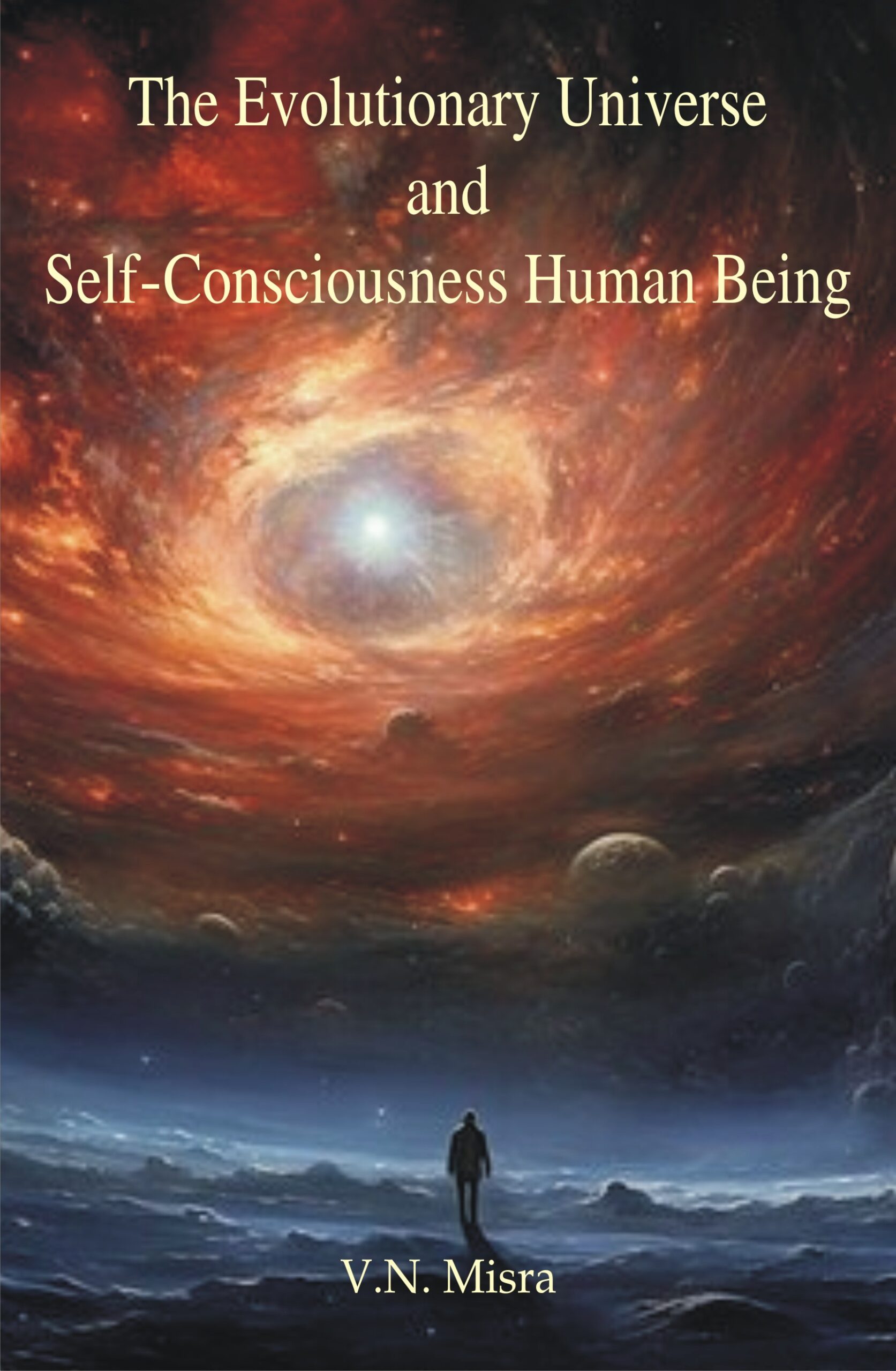
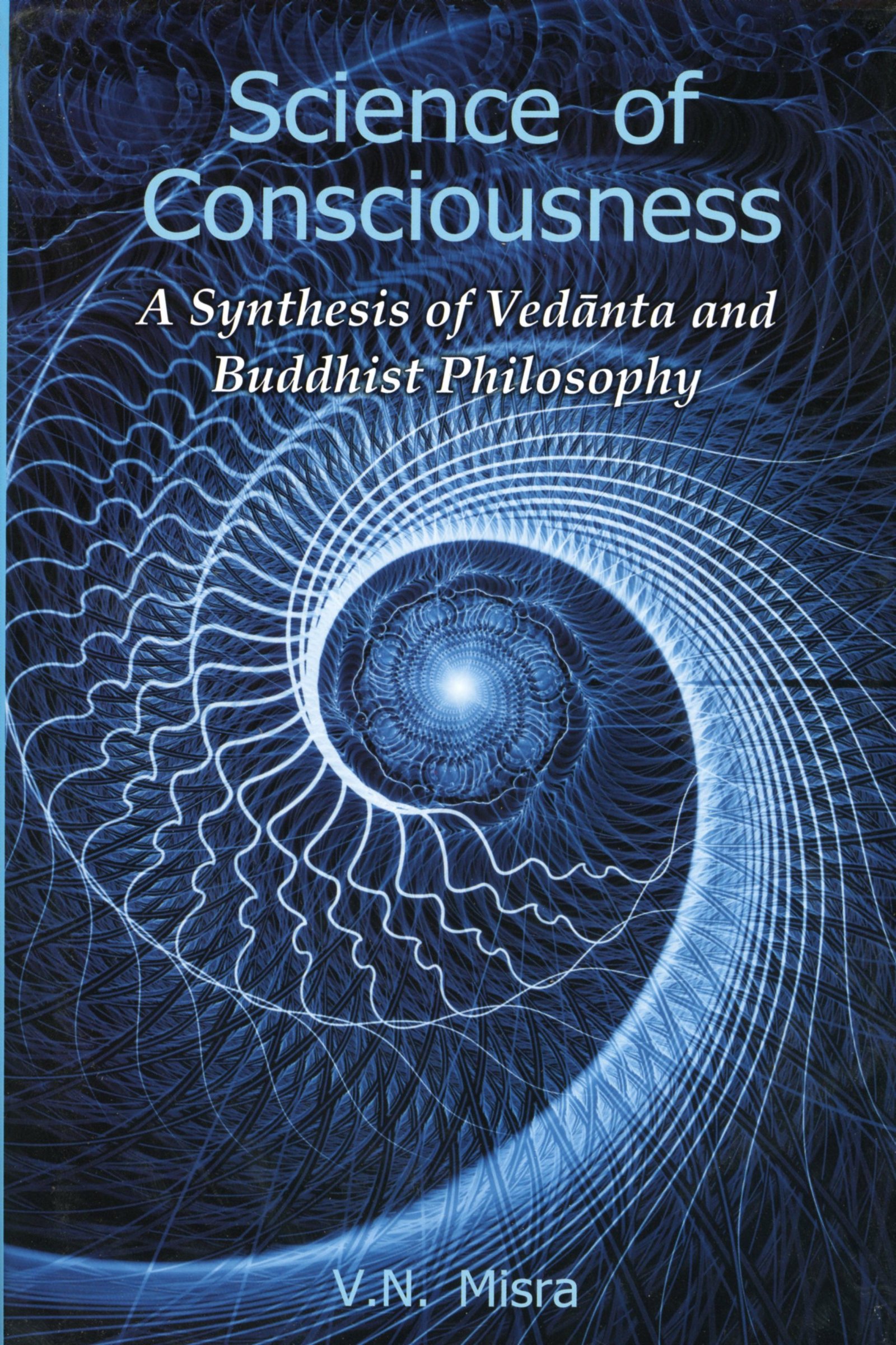

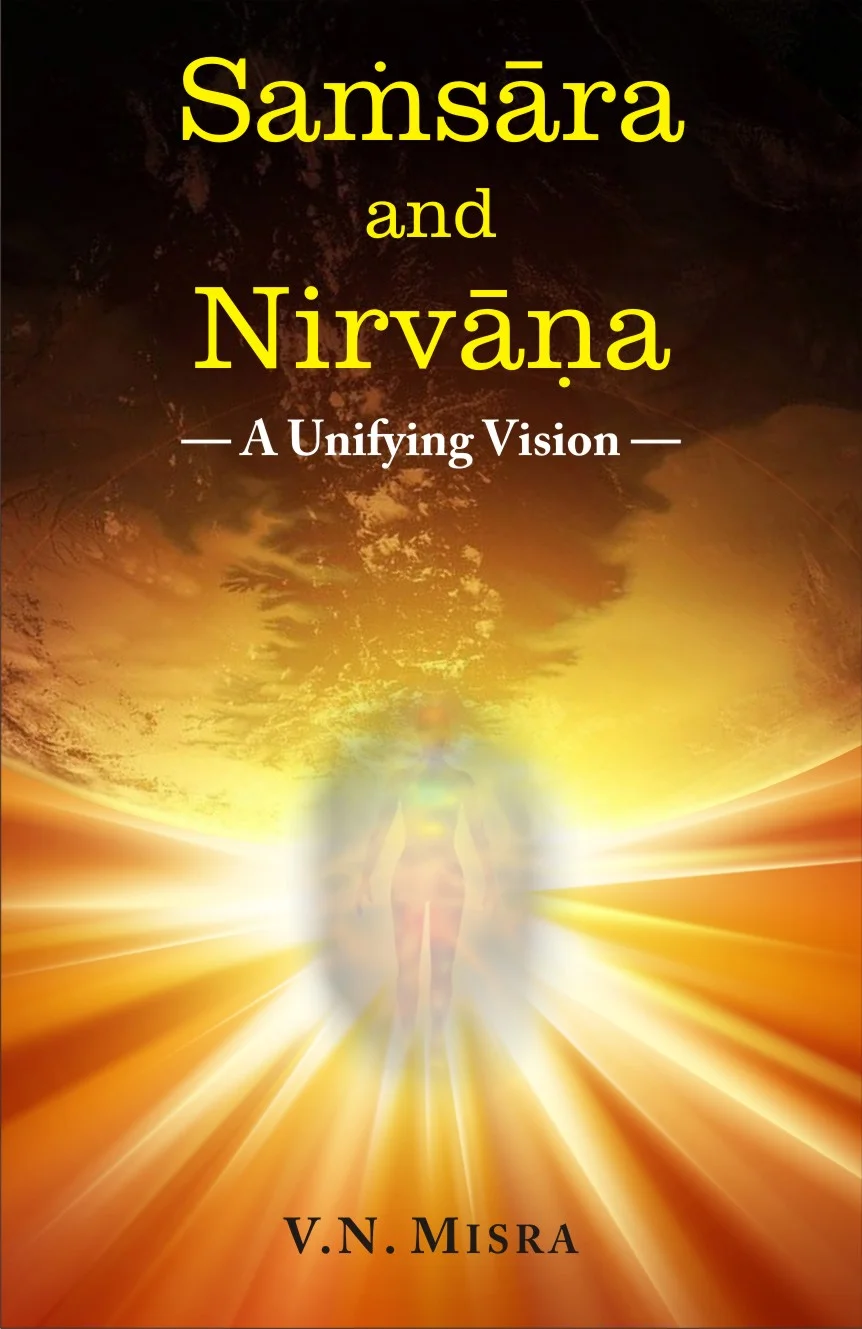
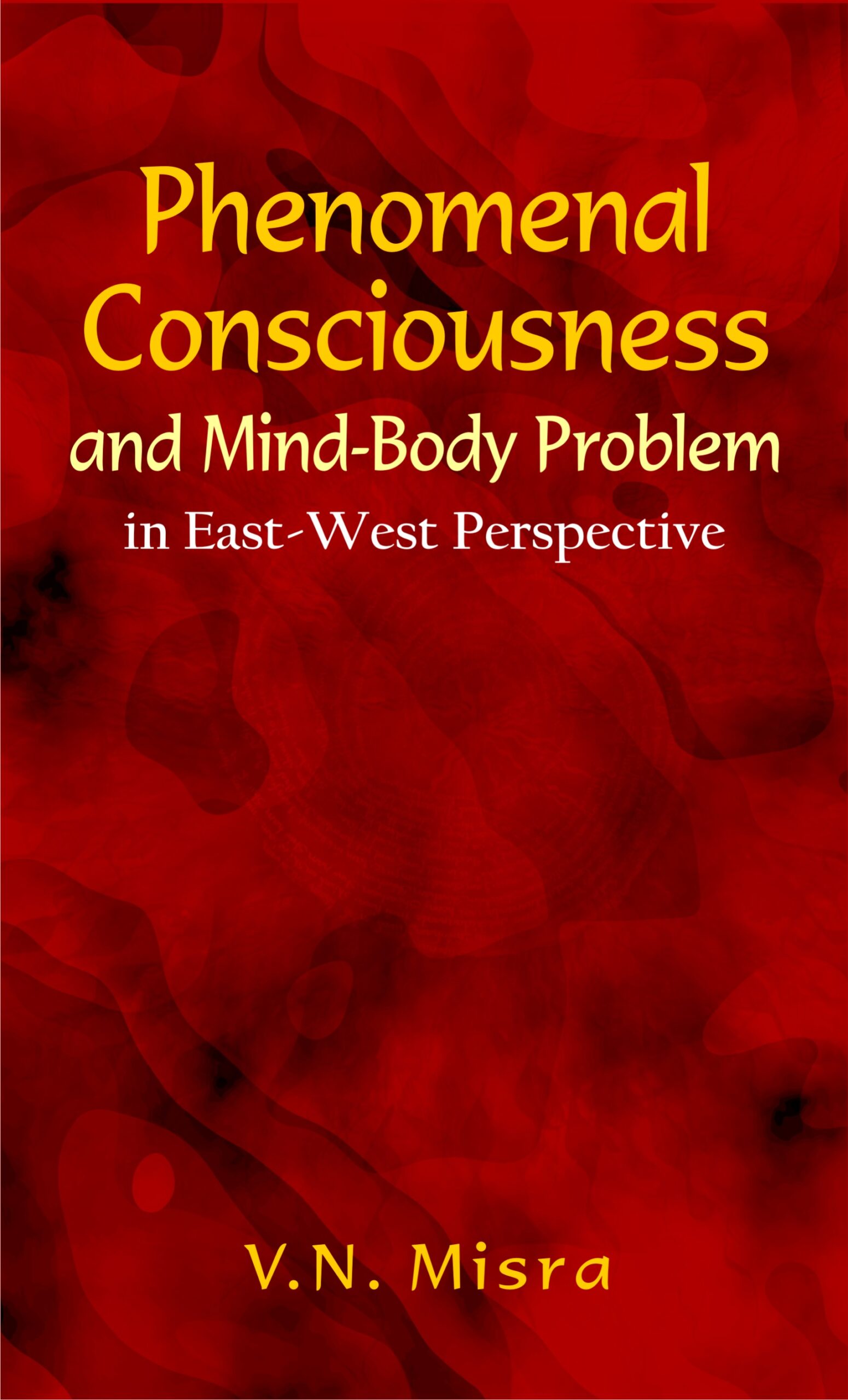
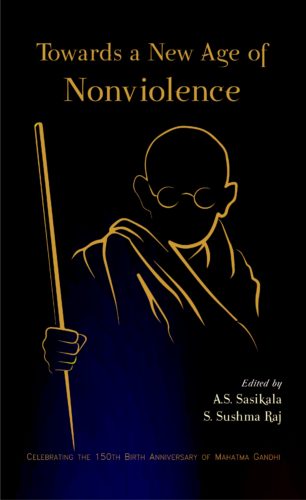
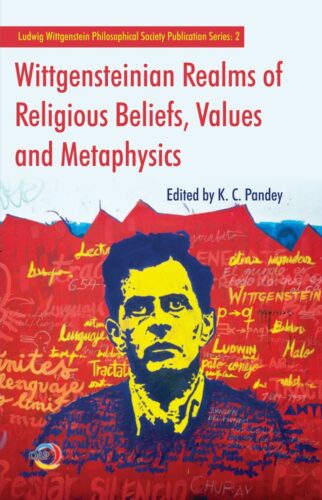
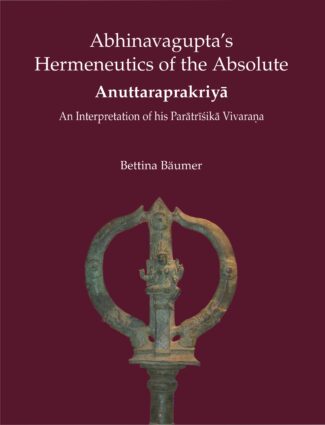
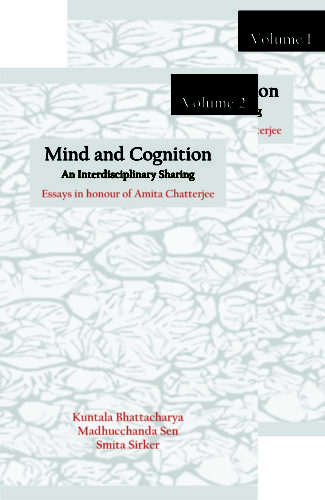

There are no reviews yet.